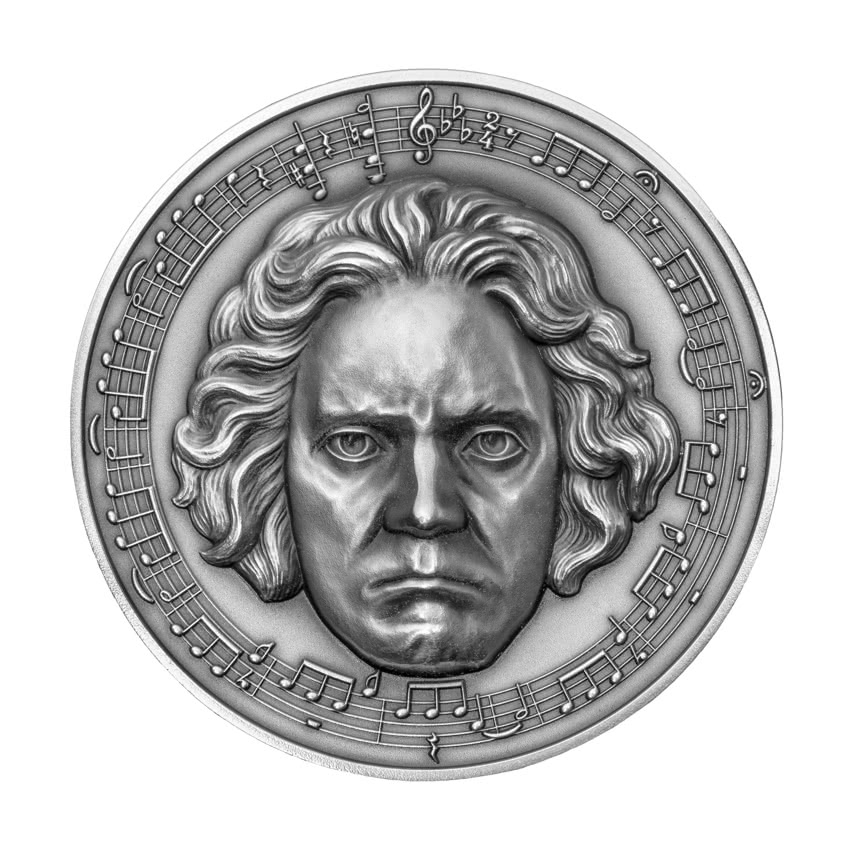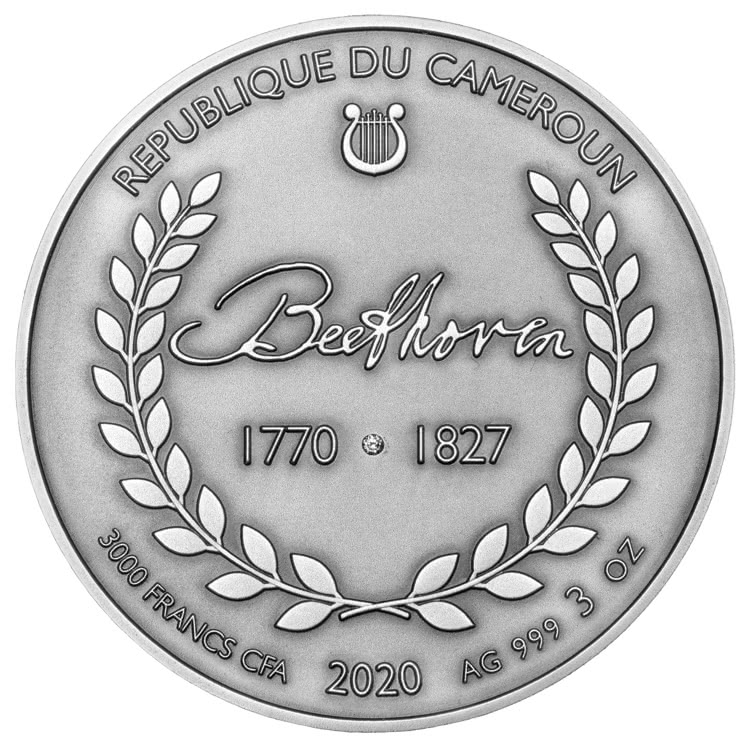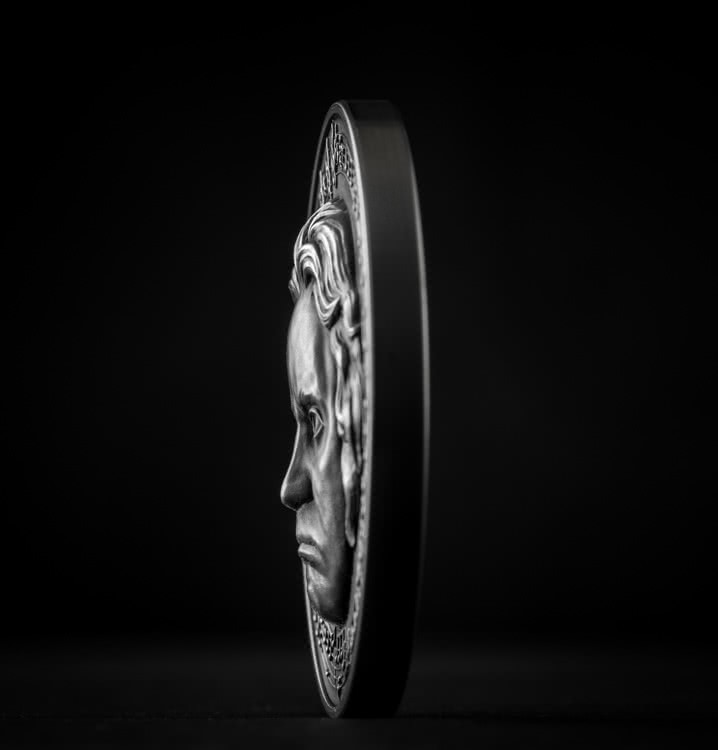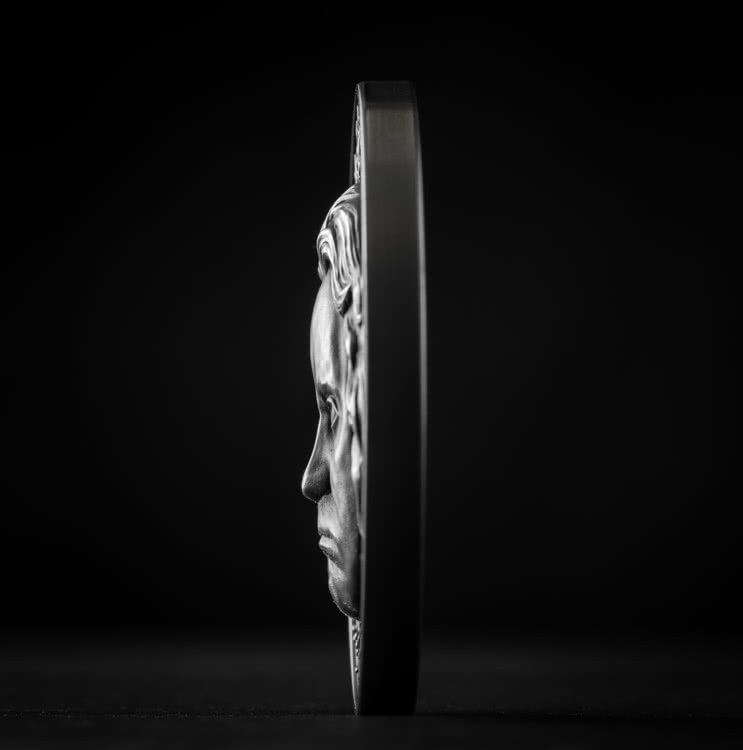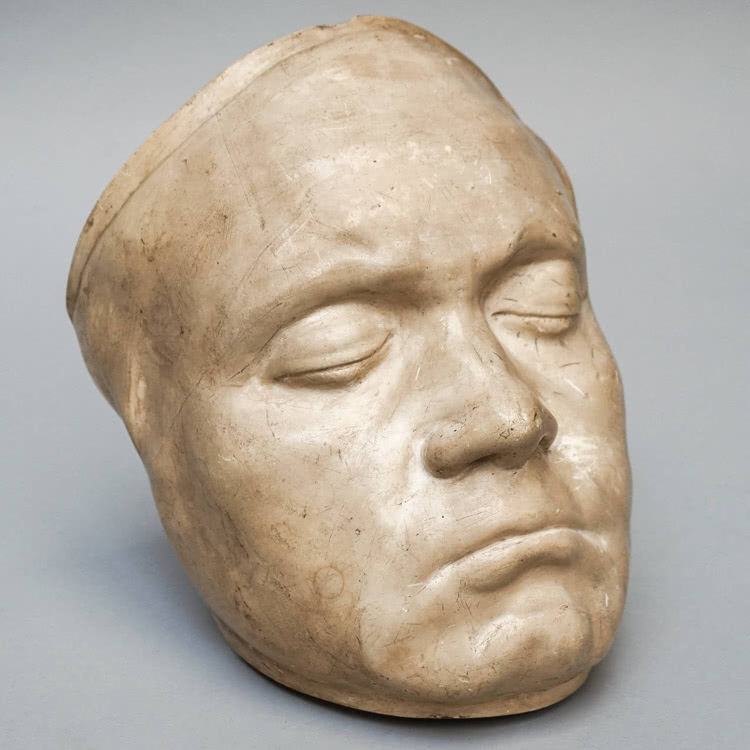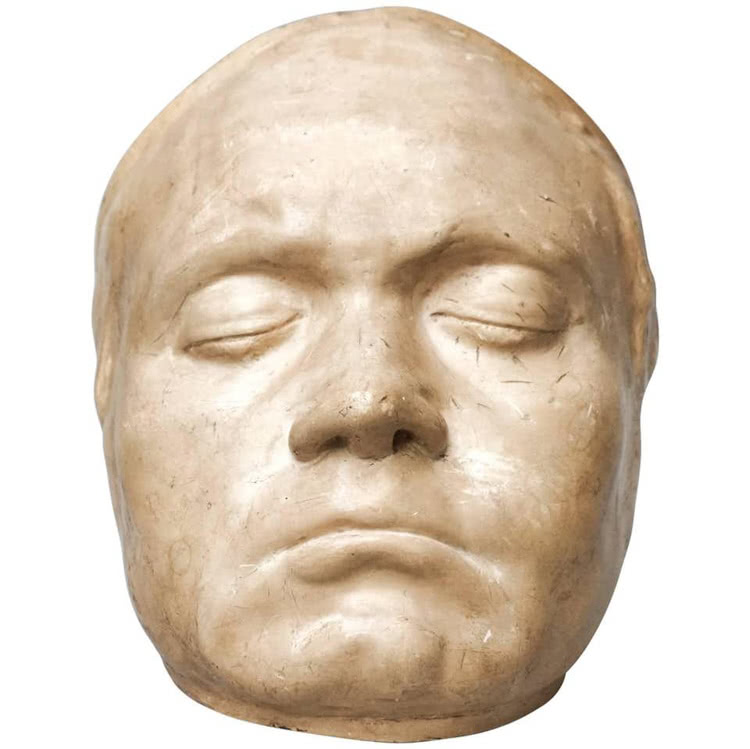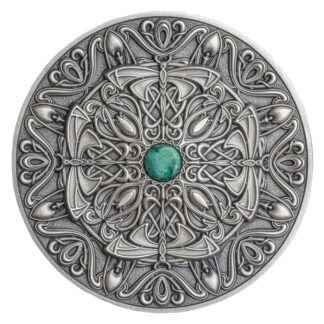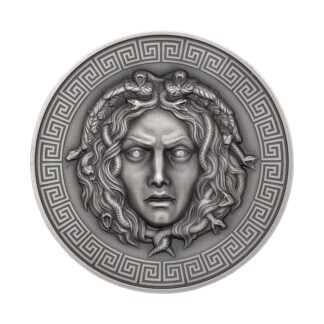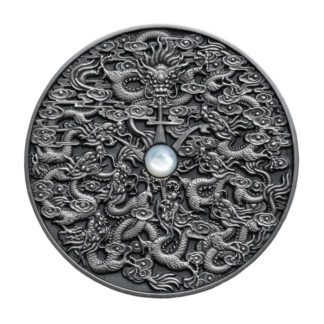Description
Beethoven’s Life Mask (Franz Klein 1779-1840):
In order to create a sculpture of Beethoven (1770-1827) Austrian sculptor Franz Klein got approval to cast a negative of his face and obtained a life mask that way. Creating the mask involved spreading fluid plaster on the face; the first attempt failed, as Beethoven thought he might suffocate. The second attempt was successful. H. C. Robbins Landon has written that this life mask is “without any question, the most important documentary evidence of Beethoven’s features.” From the life mask, Klein made a bust of Beethoven; the eyes, hair and clothes were added by the sculptor. This mask is considered the only life like reproduction of Beethoven.
Ludwig van Beethoven (/ˈlʊdvɪɡ væn ˈbeɪtoʊvən/ (About this soundlisten); German: [ˈluːtvɪç fan ˈbeːtˌhoːfn̩] (About this soundlisten); baptised 17 December 1770 – 26 March 1827) was a German composer and pianist whose music ranks amongst the most performed of the classical music repertoire; he remains one of the most admired composers in the history of Western music. His works span the transition from the classical period to the romantic era in classical music. His career has conventionally been divided into early, middle, and late periods. The “early” period, during which he forged his craft, is typically considered to have lasted until 1802. His “middle” period, sometimes characterized as “heroic”, showed an individual development from the “classical” styles of Joseph Haydn and Wolfgang Amadeus Mozart, typically covers the years 1802 to 1812, during which he increasingly suffered from deafness. In the “late” period from 1812 to his death in 1827, he extended his innovations in musical form and expression.
Born in Bonn, Beethoven’s musical talent was obvious at an early age, and he was initially harshly and intensively taught by his father Johann van Beethoven. Beethoven was later taught by the composer and conductor Christian Gottlob Neefe, under whose tutelage he published his first work, a set of keyboard variations, in 1783. He found relief from a dysfunctional home life with the family of Helene von Breuning, whose children he loved, befriended, and taught piano. At age 21, he moved to Vienna, which subsequently became his base, and studied composition with Haydn. Beethoven then gained a reputation as a virtuoso pianist, and he was soon courted by Karl Alois, Prince Lichnowsky for compositions, which resulted in his three Opus 1 piano trios (the earliest works to which he accorded an opus number) in 1795.
His first major orchestral work, the First Symphony, appeared in 1800, and his first set of string quartets was published in 1801. During this period, his hearing began to deteriorate, but he continued to conduct, premiering his Third and Fifth Symphonies in 1804 and 1808, respectively. His Violin Concerto appeared in 1806. His last piano concerto (No. 5, Op. 73, known as the ‘Emperor’), dedicated to his frequent patron Archduke Rudolf of Austria, was premiered in 1810, but not with Beethoven as soloist. He was almost completely deaf by 1814, and he then gave up performing and appearing in public. He described his problems with health and his unfulfilled personal life in two letters, his “Heiligenstadt Testament” (1802) to his brothers and his unsent love letter to an unknown “Immortal Beloved” (1812).
In the years from 1810, increasingly less socially involved, Beethoven composed many of his most admired works including his later symphonies and his mature chamber music and piano sonatas. His only opera, Fidelio, which had been first performed in 1805, was revised to its final version in 1814. He composed his Missa Solemnis in the years 1819–1823, and his final, Ninth, Symphony, one of the first examples of a choral symphony, in 1822–1824. Written in his last years, his late string quartets of 1825–26 are amongst his final achievements. After some months of bedridden illness, he died in 1827. Beethoven’s works remain mainstays of the classical music repertoire.
Born in Bonn, Beethoven’s musical talent was obvious at an early age, and he was initially harshly and intensively taught by his father Johann van Beethoven. Beethoven was later taught by the composer and conductor Christian Gottlob Neefe, under whose tutelage he published his first work, a set of keyboard variations, in 1783. He found relief from a dysfunctional home life with the family of Helene von Breuning, whose children he loved, befriended, and taught piano. At age 21, he moved to Vienna, which subsequently became his base, and studied composition with Haydn. Beethoven then gained a reputation as a virtuoso pianist, and he was soon courted by Karl Alois, Prince Lichnowsky for compositions, which resulted in his three Opus 1 piano trios (the earliest works to which he accorded an opus number) in 1795.
His first major orchestral work, the First Symphony, appeared in 1800, and his first set of string quartets was published in 1801. During this period, his hearing began to deteriorate, but he continued to conduct, premiering his Third and Fifth Symphonies in 1804 and 1808, respectively. His Violin Concerto appeared in 1806. His last piano concerto (No. 5, Op. 73, known as the ‘Emperor’), dedicated to his frequent patron Archduke Rudolf of Austria, was premiered in 1810, but not with Beethoven as soloist. He was almost completely deaf by 1814, and he then gave up performing and appearing in public. He described his problems with health and his unfulfilled personal life in two letters, his “Heiligenstadt Testament” (1802) to his brothers and his unsent love letter to an unknown “Immortal Beloved” (1812).
In the years from 1810, increasingly less socially involved, Beethoven composed many of his most admired works including his later symphonies and his mature chamber music and piano sonatas. His only opera, Fidelio, which had been first performed in 1805, was revised to its final version in 1814. He composed his Missa Solemnis in the years 1819–1823, and his final, Ninth, Symphony, one of the first examples of a choral symphony, in 1822–1824. Written in his last years, his late string quartets of 1825–26 are amongst his final achievements. After some months of bedridden illness, he died in 1827. Beethoven’s works remain mainstays of the classical music repertoire.
Note: The life mask are Illustratives photos. Mask not included in the product!

